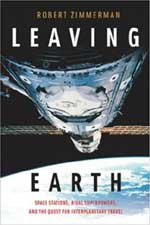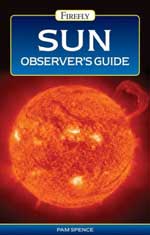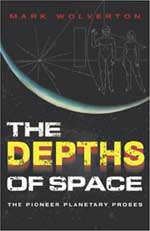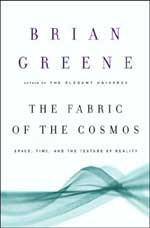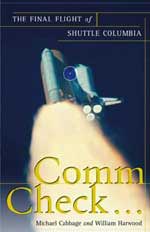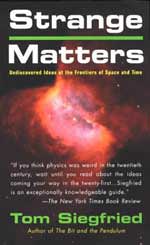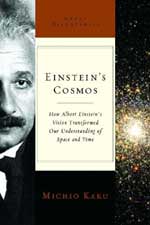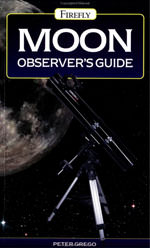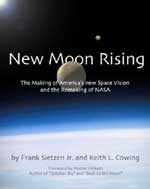
In an easy to read style, the book, for the most part, follows a chronological list of relevant events from about the year 2000 to the present. The main ones are Goldin’s last days, finding his replacement, the appointment of Sean O’Keefe, the loss of Columbia and the fabrication of NASA’s new vision which President Bush provided in early 2004. Names predominate throughout. Large quantities of people, projects, programs, companies and foundations appear in what sometimes seems to be a never ending parade. As quickly as these come, they go again. So, it is difficult to find a common thread or reason for their inclusion. Perhaps these names and/or offices are essential contributors, but this is not apparent. Nevertheless, the discussed events all directly contribute to the making of NASA’s new vision.
During Goldin’s time as administrator, NASA had many mandates and insufficient resources. The Challenger accident left the space shuttle program with a blemish and an even greater launch cost than originally estimated. The orbiting space station went through innumerable configurations and designs in an effort to please as many potential users as possible. Even NASA’s various field offices seemed more focussed on their own agendas than on a ‘corporate’ vision. Sean O’Keefe, Goldin’s replacement, had recent experience in financial auditing including a recent review of NASA’s finances. As the new administrator, his main assignment was to reassert fiscal realism. But to do this he needed priorities. And to set priorities he needed an achievable and specific vision. Thus, as much as O’Keefe replaced Goldin, so did O’Keefe need a vision to replace and rebuild from the current situation.
The premise of this book is that the creation of NASA’s vision was by the spontaneous and surreptitious meetings of a cadre of very junior hill staffers during coffee break and lunch. This seems difficult to believe, but the authors weave a very reasonable and continuous thread from this ‘rump’ group as they were called, through to more senior groups, senators and agencies and then up to the president. Again, names are liberally included, so this thread may be authentic, but still it seems a bit far fetched. Perhaps the most intriguing element is that NASA was apparently not part of this process until very late in the formulation. So in one sense it does seem a bit too fanciful to have junior staffers making a vision for an agency with an annual budget of $16 billion (can you imagine this happening for foreign policy?!). But, as they had nothing to lose and probably no alternate agendas, there is a ring of truth to this premise.
Perhaps equally fanciful is the claim that this new vision will get humans operating in space. Having a vision and a supporting budget is critical. Equally critical is the support of the elected politicians, who regularly change, as well as the support of other nations and their respective space agencies. But all of these will be needed for the duration. The authors rightly point out that this will be challenging. They even provide an excellent perspective on what to expect should either of this year’s presidential candidates win. Sadly, neither candidate seems solidly behind NASA and perhaps with this, the authors unknowingly provide more evidence contrary to their expectations than for it.
In their writing, the authors show they are non-partisan but very supportive of NASA’s new space vision. They acknowledge that senior NASA leadership provided access to information and verified personal communications, but they are also quick to point out that the contents is their own. The included DVD has memorable video footage of President Bush’s introduction of this vision, as well as Sean O’Keefe’s comments. This all lends authenticity to the contents and claim.
This book is good but it has its weaknesses. One item lacking is an index. Retracing people and events is almost impossible. Further, though the names and events may be very applicable today (the fall of the year 2004), expect them to become quickly very dated. With retirements and re-appointments, the parade of people just changes too quickly to make this book a useful reference in the long term. Also, perhaps the weakest element of the book is the lack of justification for spending nearly $100 billion for a program to send people to the Moon, Mars and beyond. Though more effort could have remedied these, the book is still a good read.
As the authors say in New Moon Rising, NASA needed and obtained a new space vision to direct its efforts. The authors provide a detailed and broad overview of the very large supporting cast that contributed to the vision that was initiated with President Bush’s speech early in the year 2004. Now, in the authors viewpoint, NASA and its new administrator, Sean O’Keefe, have what they need to ensure this vision becomes reality.
To read more reviews, or order the book online, visit Amazon.com.
Review by Mark Mortimer

